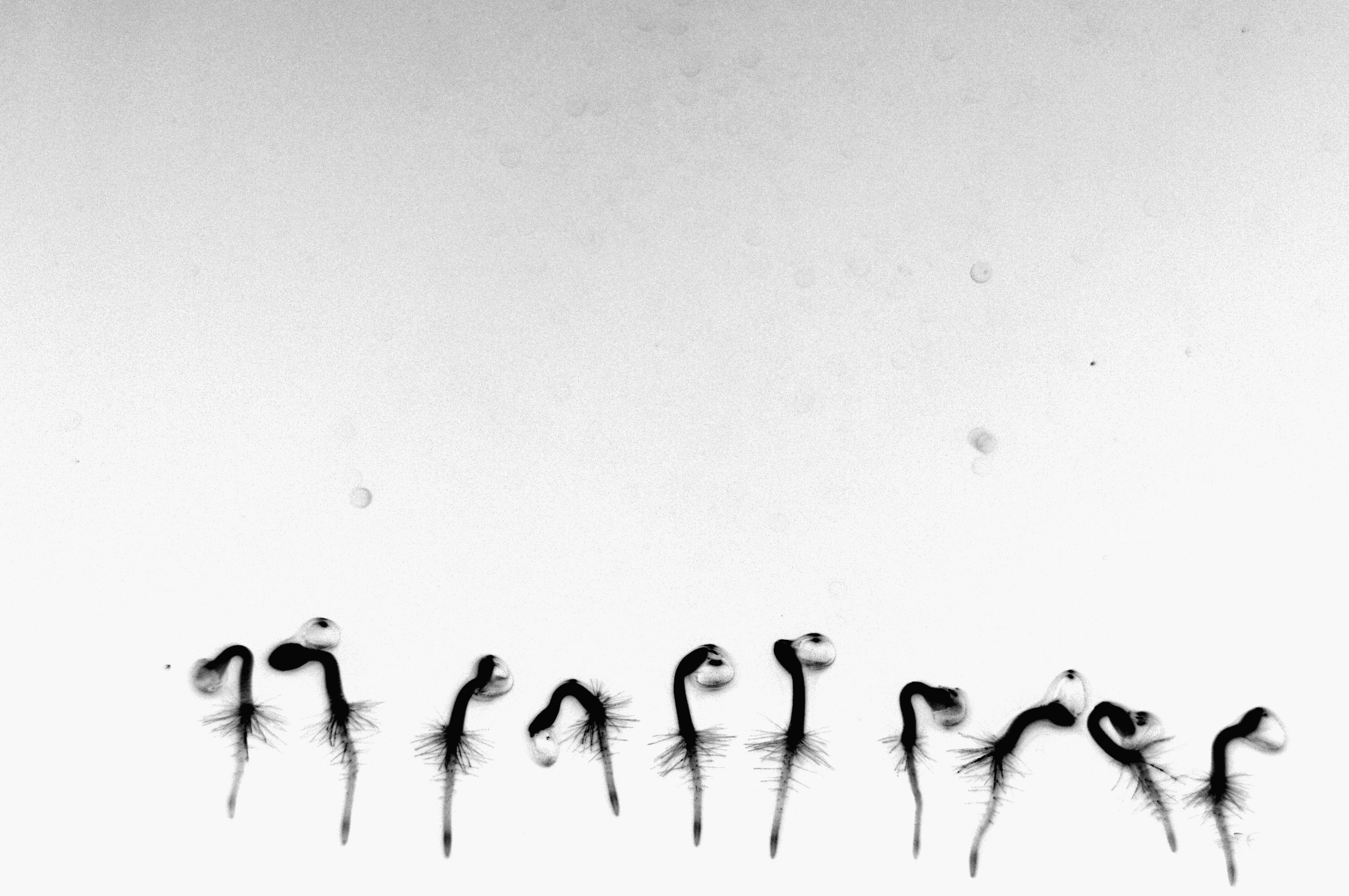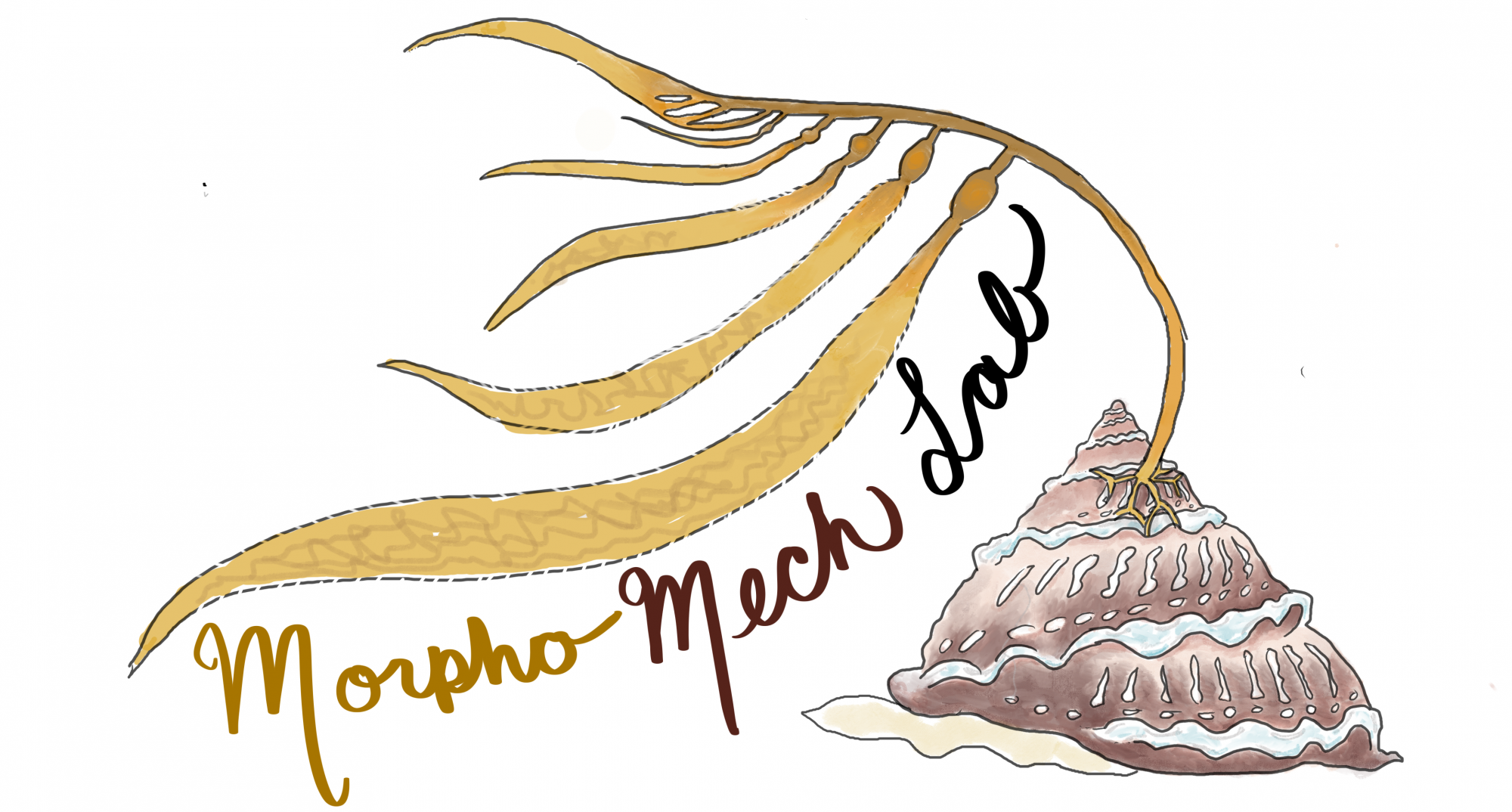Cell walls are present across the tree of life making understanding their impact central to understanding a large diversity of organisms. Our current work utilizes walled organisms from both the Plantae and Chromista kingdoms (plants/green algae and brown algae, respectively); cell walls & multicellularity evolved independently in these two kingdoms. Our approach allows us to ask questions about how cell walls impact growth & success across kingdoms and identify shared and unique aspects. Almost all of our work involves quantitative exploration of cell physiological parameters (wall mechanics & turgor pressure), cell growth, and organ growth. Our work continues to highlight the need for a systems-level phenotypic analysis of growth: very often cell-level phenotypes are non-intuitive when compared to organ-level phenotypes, and vice versa. In addition, how growth phenotypes translate into organism-level success can be equally complex.

The cell wall is a modulator of growth. For the past ~10 years our research lab has been advancing knowledge of how the cell wall, as a material, impacts cell and organismal growth in plants and seaweeds. In both groups, a polysaccharide-rich cell wall encloses every cell within the organism providing an interesting physical challenge: how do you grow when you are stuck inside a box? Current work aims to examine how directional growth is achieved and instructed. We take a systems-level approach by aiming to understand growth at the cell, tissue, organ, and organismal levels. We apply and develop quantitative methods, utilize the best biological system to answer our questions, and constantly look both forwards and backward to identify key concepts and tools in the field. Our transdisciplinary approach includes development, plant physiology, cell biology, biochemistry, genetics, molecular biology, materials science, mathematics, and physics.

The cell wall as a mediator of microbe interactions. Charged polysaccharides within cell walls are important for their mechanical properties (our area of expertise) but also seem to be involved in their antimicrobial activity. This has led us to ask questions about the microbiome in two walled, aquatic, algae: the brown algae (seaweeds) found in marine environments and the freshwater green algae that are basal to land plants (Desmids). We are actively investigating the interaction between cell wall composition and the promotion of bacteria that have the potential to exist in balance with their walled, aquatic, hosts.
